Beynəlxalq agentlik, vəziyyəti daha da yaxşılaşdığına görə "Bank of Baku"nın reytinqlərini təsdiqləyib
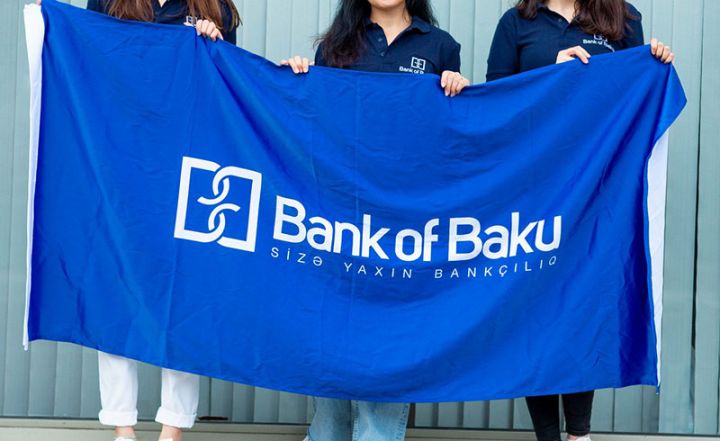 Beynəlxalq kredit reytinqi agentliyi "Moodys Ratings" "Bank of Baku" ASC-ni uzunmüddətli yerli və xarici valyutada depozit üzrə reytinqlərini B1 səviyyəsində təsdiqləyib. Bu reytinqlər üzrə proqnoz "stabil" olaraq qalır.
Beynəlxalq kredit reytinqi agentliyi "Moodys Ratings" "Bank of Baku" ASC-ni uzunmüddətli yerli və xarici valyutada depozit üzrə reytinqlərini B1 səviyyəsində təsdiqləyib. Bu reytinqlər üzrə proqnoz "stabil" olaraq qalır.
Marja xəbər verir ki. bu barədə "Moodys Ratings" məlumat yayıb.
Eyni zamanda, "Moodys" Bankın kredit ödəmə qabiliyyətinin baza səviyyəsini (Baseline Credit Assessments) b1 səviyyəsində təsdiqləyib.
Qeyd edilib ki, Bank of Baku-nun kredit ödəmə qabiliyyətinin baza səviyyəsinin (BCA) b1 səviyyəsində təsdiqlənməsi bankın son illərdə aktiv keyfiyyətinin və gəlirliliyinin yaxşılaşdığını əks etdirir.
"Moodys Ratings" vurğuıayıb ki, son illər ərzində "Bank of Baku" risklərin idarə edilməsini əhəmiyyətli dərəcədə gücləndirib və anderraytinq standartlarını sərtləşdirib. "Bank of Baku"nun portfelində problemli kreditlərinin payı son illərdə azalaraq 2020-ci ilin sonundakı 8%-dən 2024-cü ilin sonunda 2,6%-ə düşüb.
Bank of Baku-nun B1 uzunmüddətli depozit reytinqləri bankın BCA-sının b1 səviyyəsinə əsaslanır. Bank Azərbaycan Hökumətindən dövlət dəstəyinin aşağı olması ehtimalını güman edildiyi üçün, üçün heç bir kənar dəstəkdən faydalanmır.
Bank of Baku-nun uzunmüddətli depozit reytinqləri üzrə "sabit" proqnoz, bankın növbəti 12-18 ay ərzində möhkəm kredit göstəricilərini saxlayacağına dair gözləntiləri əks etdirir.
XXX
Moodys Ratings affirms ratings of OJSC Bank of Baku
Moodys Ratings (Moodys) has today affirmed OJSC Bank of Bakus (Bank of Baku) B1 long-term local and foreign currency bank deposit ratings. The outlook on these ratings remains stable. At the same time, we affirmed the banks Baseline Credit Assessment (BCA) and Adjusted BCA at b1. Concurrently we affirmed the NP short-term local and foreign currency bank deposit ratings, the banks Ba3/NP long-term and short-term local and foreign currency Counterparty Risk Ratings (CRRs) and the Ba3(cr)/NP(cr) long-term and short-term Counterparty Risk Assessments (CR Assessments).
RATINGS RATIONALE
The affirmation of Bank of Bakus BCA and Adjusted BCA at b1 reflects the banks improved asset quality and profitability in recent years. At the same time, the BCA is constrained by the banks business model focused on the unsecured consumer lending segment, which is sensitive to economic cycles, as well as its modest liquidity cushion.
Over the recent years the bank has significantly strengthened its risk management and tightened its underwriting standards. The share of Bank of Bakus problem loans (PLs; (defined as stage 3 lending) improved substantially in recent years to 2.6% as of year-end 2024 from 8.0% as of year-end 2020 because of the workout of legacy problems and a denominator effect triggered by a rapid expansion of the loan book. The PL coverage ratio of 93% as of year-end 2024 provides a good buffer to absorb credit losses. In addition, the banks exposure to foreign-currency loans is negligible at less than 1% of net loans at the end of 2024.
As of year-end 2024, Bank of Baku reported Tangible Common Equity (TCE)/risk-weighted assets (RWA) of 16.9% down from 17.3% a year earlier. The banks solvency also benefits from its low leverage. The banks TCE/total assets ratio was 18.5% as of year-end 2024. Its robust capital adequacy is supported by its strong retained earnings. We expect a gradual reduction in the banks capital adequacy over the next 12-18 months amid ongoing business expansion and sizeable dividend payouts.
In 2024, Bank of Baku posted net income of AZN27.1 million under IFRS, which translates into a return on tangible assets of 2.8%. Strong profitability is supported by robust recurring revenue following the balance-sheet cleanup and the replacement of the legacy problematic loan portfolio. Newly issued loans are of a better quality and generate stable net interest income. We expect Bank of Bakus return on tangible assets to moderate over the next 12-18 months because of (1) ongoing pressure on its net interest margin due to high competition for depositors in the local market, and (2) the gradual phase-out of loan recoveries from the legacy portfolio.
As of year-end 2024, customer deposits accounted for 76% of the banks total liabilities. Meanwhile, market funds, which include long-term state funds used to finance mortgages and support entrepreneurs, accounted for 15% of the banks tangible banking assets. We consider these funding sources stable and subject to modest refinancing risk. The deposit portfolio is granular and largely represented by retail deposits. Bank of Bakus liquidity buffer was modest at 15% of the banks tangible assets as of year-end 2024. Although this buffer is modest compared with similarly rated regional and global banks, liquidity risks are mitigated by the short-term duration of the loan book (34% of loans or 24% of assets mature within a year according to the local GAAP report as of March 2025).
Bank of Bakus long-term deposit ratings of B1 are based on the banks BCA of b1 and do not benefit from any external support because of our assumption of low probability of government support from the Government of Azerbaijan.
RATING OUTLOOK
The stable outlook on Bank of Bakus long-term deposit ratings reflects our expectation that the bank will maintain its robust credit metrics over the next 12-18 months.
FACTORS THAT COULD LEAD TO AN UPGRADE OR DOWNGRADE OF THE RATINGS
Bank of Bakus BCA and long-term bank deposit ratings could be upgraded if it significantly improves its liquidity and funding profile while maintaining sound solvency.
Bank of Bakus ratings could be downgraded or its outlook changed to negative if there is an erosion in its financial fundamentals, such as liquidity, asset quality or profitability.
PRINCIPAL METHODOLOGY
The principal methodology used in these ratings was Banks published in November 2024 and available at https://ratings.moodys.com/rmc-documents/432741. Alternatively, please see the Rating Methodologies page on https://ratings.moodys.com for a copy of this methodology.
Bank of Bakus "Baseline Credit Assessment" score of b1 is set two notches below the "Financial Profile" initial score of ba2 to reflect the rapid loan book growth and high concentration of the loan portfolio on unsecured consumer lending.

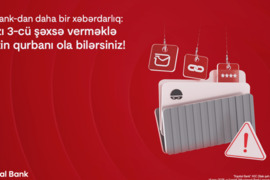


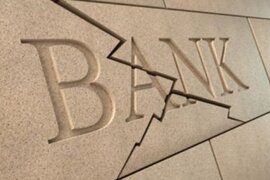
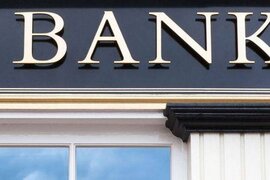

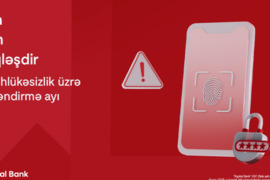
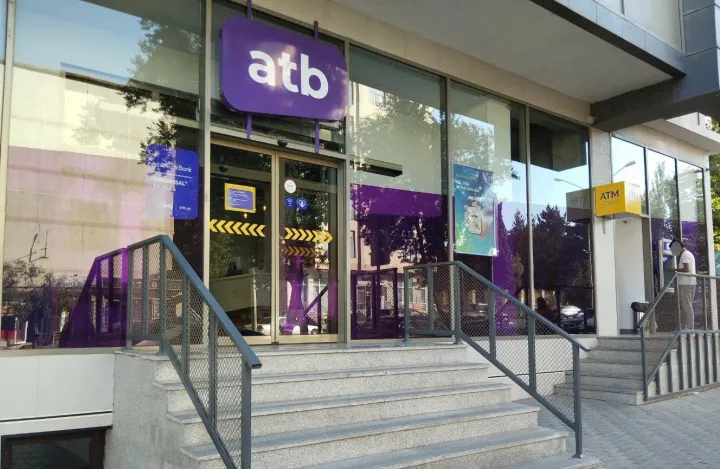

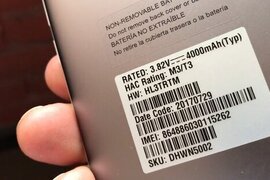 IMEI kod nədir?
IMEI kod nədir? Dizaynerlər üçün TOP-5 Freelance sayt
Dizaynerlər üçün TOP-5 Freelance sayt İban nədir?
İban nədir? Mənzil satış qiymətləri azalıb
Mənzil satış qiymətləri azalıb "Elektrik enerjisinin 40 %-i regionun daxili tələbatını ödəyib"
"Elektrik enerjisinin 40 %-i regionun daxili tələbatını ödəyib" Ağ ev gömrük rüsumlarını yumşaldacaqmı? - Vəziyyət kritikdir
Ağ ev gömrük rüsumlarını yumşaldacaqmı? - Vəziyyət kritikdir Azərbaycandan xarici ölkələrə 3.6 ton qurbağa ayağı ixrac edilib
Azərbaycandan xarici ölkələrə 3.6 ton qurbağa ayağı ixrac edilib Proqramçılar üçün TOP-5 Freelance sayt
Proqramçılar üçün TOP-5 Freelance sayt Azərbaycandan Rusiyaya pomidor ixracı azalıb
Azərbaycandan Rusiyaya pomidor ixracı azalıb Tramp: "Çin ilə anlaşma edə bilərik"
Tramp: "Çin ilə anlaşma edə bilərik" Birbank xidmətinə necə qoşulmaq olar?
Birbank xidmətinə necə qoşulmaq olar? McDonalds haqqında maraqlı faktlar
McDonalds haqqında maraqlı faktlar ZARA-nın uğur hekayəsi
ZARA-nın uğur hekayəsi Biznes nədir?
Biznes nədir? 5 liderlik göstəricisi
5 liderlik göstəricisi